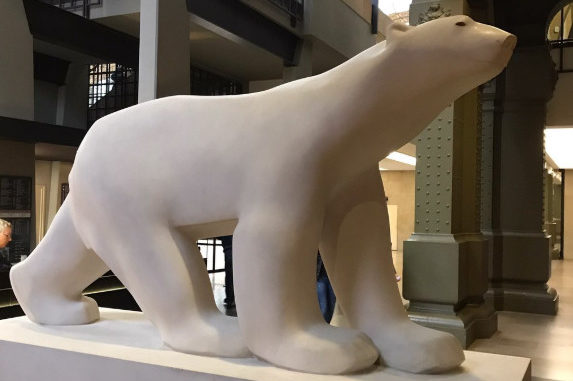
The Musee d’Orsay is one of the most iconic and popular museums in Paris, housing the largest collection of sculpture, paintings and other decorative objects between 1848 and 1914. This collection showcases many of the most remarkable works from the early modern era, giving visitors a detailed and breathtaking look at the birth of modern sculpture, paintings, design and photography.
The permanent collection at the Orsay include spans from impressionism and romanticism to neoclassicism expressionism. Some of the highlights of the collection include masterpieces from Delacroix, Ingres, Monet, Degas, Toulouse-Lautrec, Gaugin, Manet and Van-Gogh.
Tripadvisor rates it as the number 1 thing to do in Paris, so you can imagine how important it is, in your Paris itinerary.
Musee d’ Orsay – History and Construction
It was originally a train station in the 1900s, but by 1939, the platforms had become too small and short for developing trains of longer lengths. Since the train station was aesthetically beautiful as well, it was saved from demolition. A suggestion to convert the station into a museum was given by the Directorate of the Museum of France. The plan was mooted by then Prime Minister Georges Pompidou; he arranged for a study to be commissioned in 1974, following which a solid plan was created by created. In 1978, ACT Architecture, a team of 3 young architects were given the contract to build the museum. The construction was done by a reputed industrial company called Bouygues. The Italian architect Gae Aulenti was selected to design the interiors of the museum. By July 1986, the museum began receiving and fitting exhibits, paintings and artworks. By December 1986, the then-president Francois Mitterrand publicly opened the museum.
Musee d’Orsay Artwork and Paintings – Finding what you want
Despite being smaller than the Louvre, the Musee d’Orsay’s permanent collection spans across four entire floors covering several important periods. Familiarizing yourself with some of the key artists whose collection is on display is important before setting your foot on the property. It is important to understand the significance of the famous pieces in the collection if you want to come out with a sensory overload.
The Ground Floor of the museum features a collection from 1848 through the 1870s. The galleries on the right focus on the evolution of historical paintings and the pre-symbolist schools. The highlights of the collection include famous works by Delacroix, Ingres, Moreau and the early works of Degas.
Meanwhile, the galleries on the left focus on Realism, Naturalism and pre-Impressionism. Notable works here include pieces by Corot, Courbet, Manet and Millet. The Angelus by Millet and Le dejeuner sur l’herbe are on display here.
Apart from paintings, the sculptures, architecture and decorative pieces on the Ground Level belong to the mid-19th Century Eclecticism Movement, including Second Empire models and related objects.
The Middle Level holds an important collection from the late 19th Century including paintings, decorative objects and pastels, including six rooms full of Art Nouveau decorations.
The galleries facing the Seine belong to the Naturalist and Symbolist paintings along with decorations from public monuments. Some of the Foreign paintings in the collection includes works by Munch and Klimt alongside the native French paintings.
The galleries on the South include some of the later works of Denis, Maurice, Bonnard and Roussel.
The Upper Level features the emergence of innovation and unconventional techniques in painting and pastels from the neoimpressionist, Pont-Aven and Nabists era. Some of the most important collection here is by artists Seurat, Gaugin, Signac and Toulousse-Lautrec. Small format paintings are showcased on this level in a dedicated gallery.
The Top Level houses the most breathtaking collection in the museum and countless works from the Impressionist and Expressionist movements are found here. The highlighted collection here includes the work of Monet, Degas, Pissarro, Sisley, Renoir and Caillebotte. There is an entire gallery dedicated to the works of Mont and Renoir after 1880.
The renowned Gachet Collection features groundbreaking pieces by Cezanne and Van Gogh along with the breathtaking sculptures of the Degas dancers.
The Terrace Level primarily consists of sculptures from the 19th Century alongside an entire wing dedicated to Auguste Rodin, a famous French artist revered for his sublime sculptures.
Accessibility
All the floors of the museum are wheelchair accessible and people assisting the disable are admitted to the museum free of charge. Wheelchairs are also available at the coat-check entirely free of cost, but a driver’s license or passport is required as a safety deposit.
Musee d Orsay – Opening Hours
The museum’s gift store remains closed on Mondays while the official timing is 9.30 AM to 5.30 PM every day. The closing time is extended to 9.30 PM on Thursdays. The restaurant on the Middle Level serves simple refreshments and you can expect to spend anywhere between 25 to 50 Euro per meal. Reservations not required.
Musee d Orsay – Ticket Prices and Entry Fees
The entry pass is available for 14 Euro and allows visitors to view the permanent and temporary collection. A discounted ticket of 11 Euro is available for two people accompanying children below 18 years of age and residing in the European Union.
Entrance is free for multiple criteria, including
- Children under 18 years of age
- Everybody on the first Sunday of a month
- Disable visitors with one companion
- Unemployed visitors
- Carte Blanche cardholders
- Paris Museum passholders
- Members of the Louvre Abu Dhabi, American Friends of the Musée d’Orsay or Société des Amis du Musée d’Orsay.
Other tickets include a combined entry to the Musée de l’Orangerie, priced at 18 Euro and Musée Rodin at 21 Euro.
Tours of the Museum
If you are visiting the Orsay for the first time, we recommend a guided tour. Two guided tours in English are available for the foreign nationals and the prices are not inclusive of the entry permit.
- The 19th Century Art Tour allows visitors to explore the Art collection from the era in great detail, although the times, dates and the theme might vary.
- The Orsay Masterpiece Tour takes visitors on a guided tour of the permanent collection over a period of 1.5 hours. The tour is available every Tuesday to Saturday from 11.30 AM except on November 1 and 11.
Musee d’ Orsay Clock
The well-loved and well-depicted in movies, ‘The Clock’ is located on the fifth floor of Musee d’Orsay museum, in the North East corner. The best part about these clocks are that magnanimous size, making them work as windows. You can see the Sacre Coeur in the background from the view on of the clock on the 5th floor. The giant sized clocks are a reminder of the time, when the museum was a train station,.
Musee d Orsay – Location (Map)
The address is 1 Rue de la Légion d’Honneur, 75007 Paris, France.
Best time to visit
Attracting over 2 million people from around the world each year, the Orsay is crowded round the clock. However, there are certain seasons when the rush is considerably low, and tourists should aim for these times.
The low season in Paris is between November and March, and the Orsay is relatively quieter during this time. Try visiting the museum between 9.30 AM and 12 PM on weekdays and Thursday evenings, as the crowd is usually less dense during these times.
Take advantage of the temporary collection during your visit. While the permanent collection houses some of the most revered pieces of French art, the museum regularly exhibits the works of important artists between 1848 and 1914. This gives visitors an interesting insight into the art from the 19th Century.
Have you been to the Musee d’Orsay lately? Share your experiences with our readers in the Comments Section below.
Musee d’ Orsay-Pictures
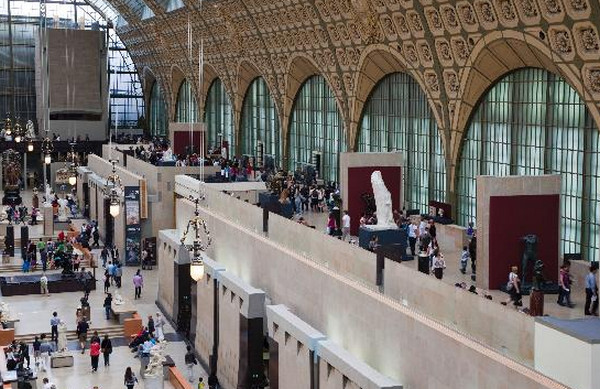
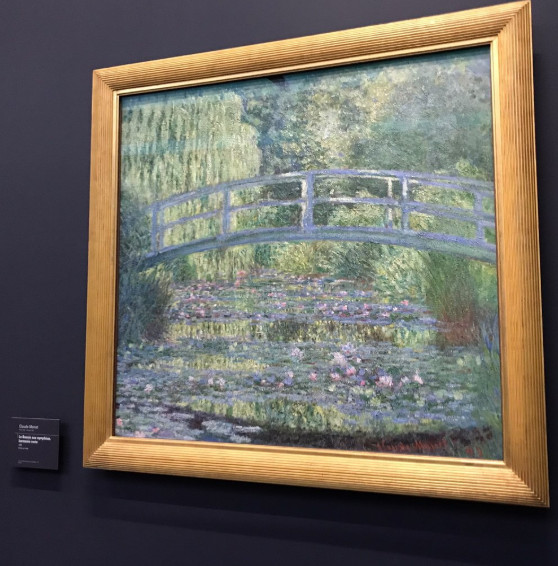
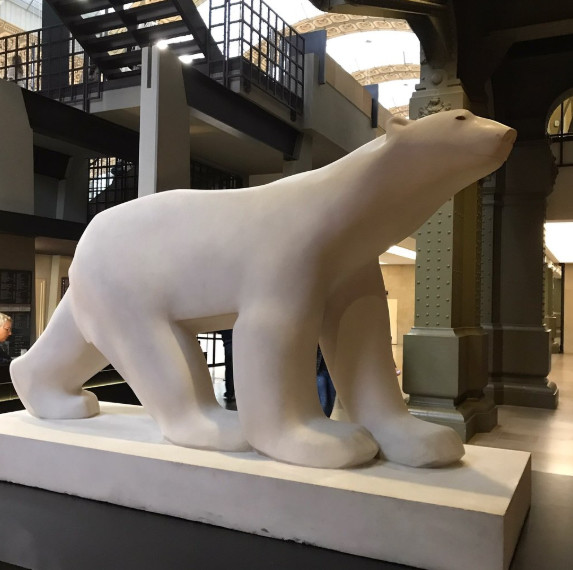
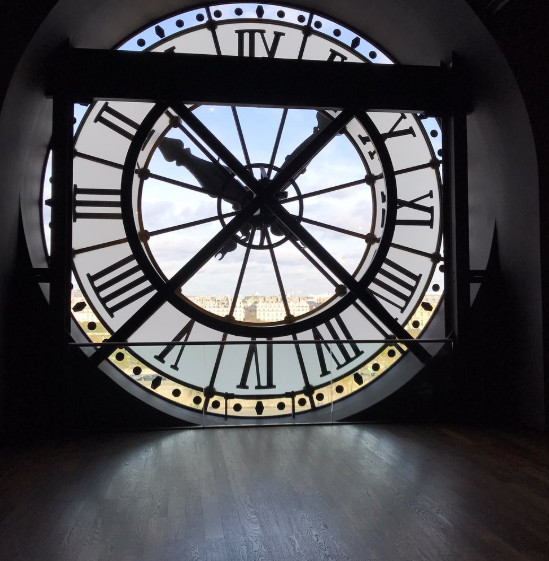

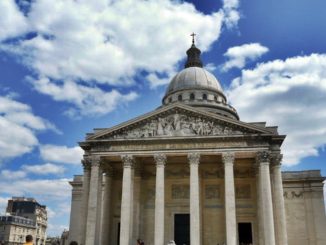

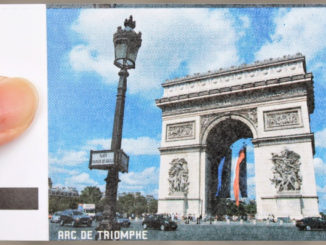
Be the first to comment